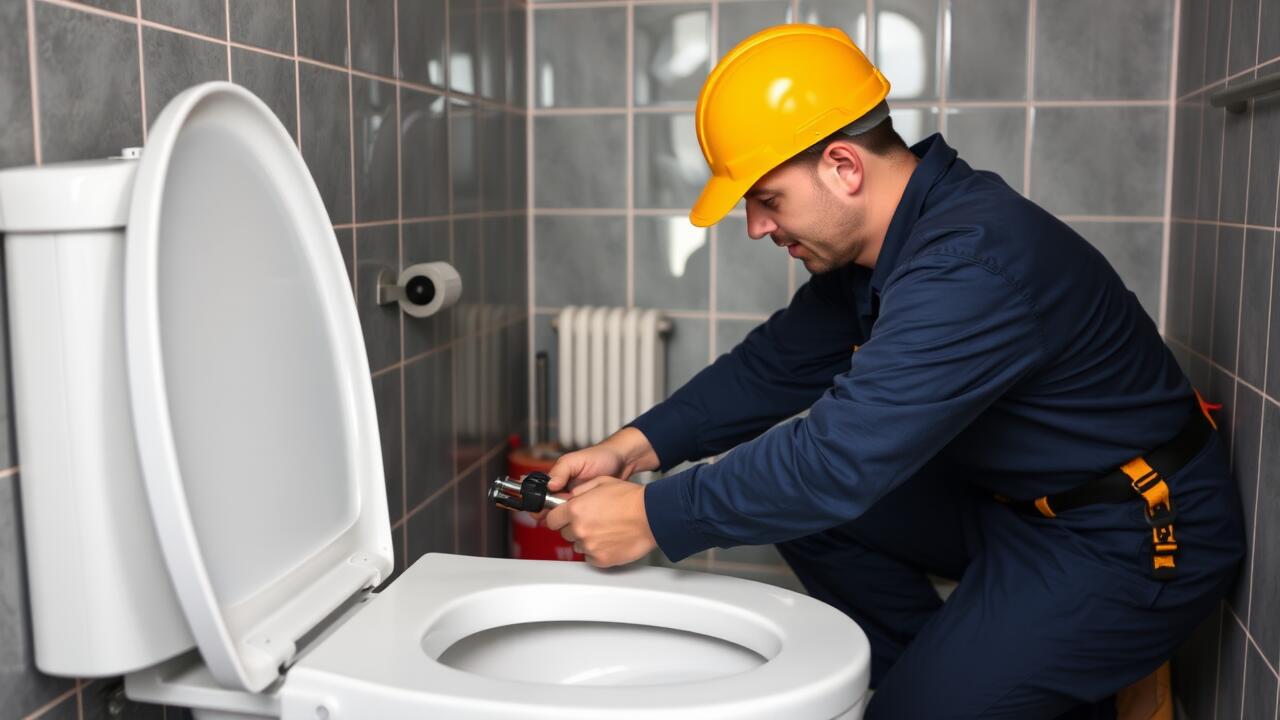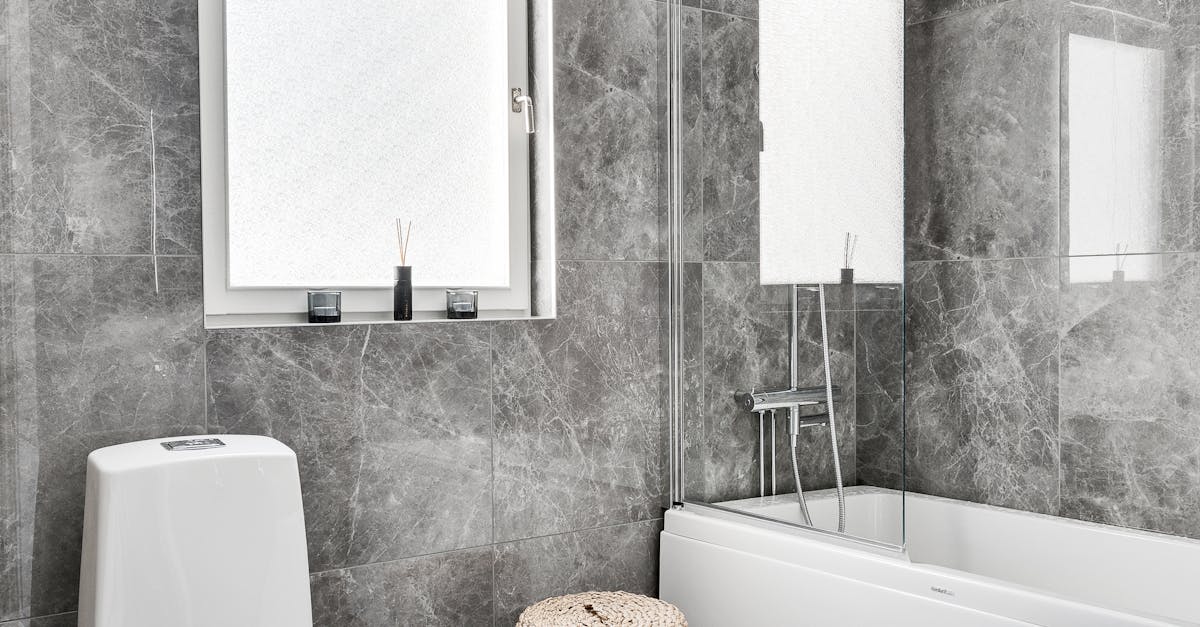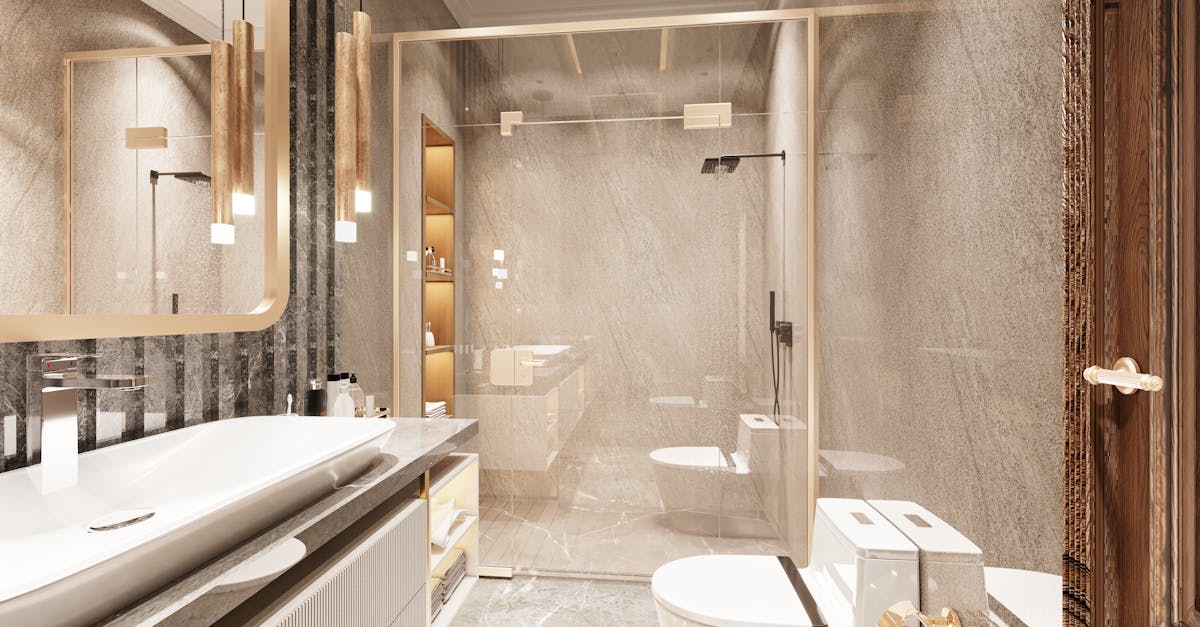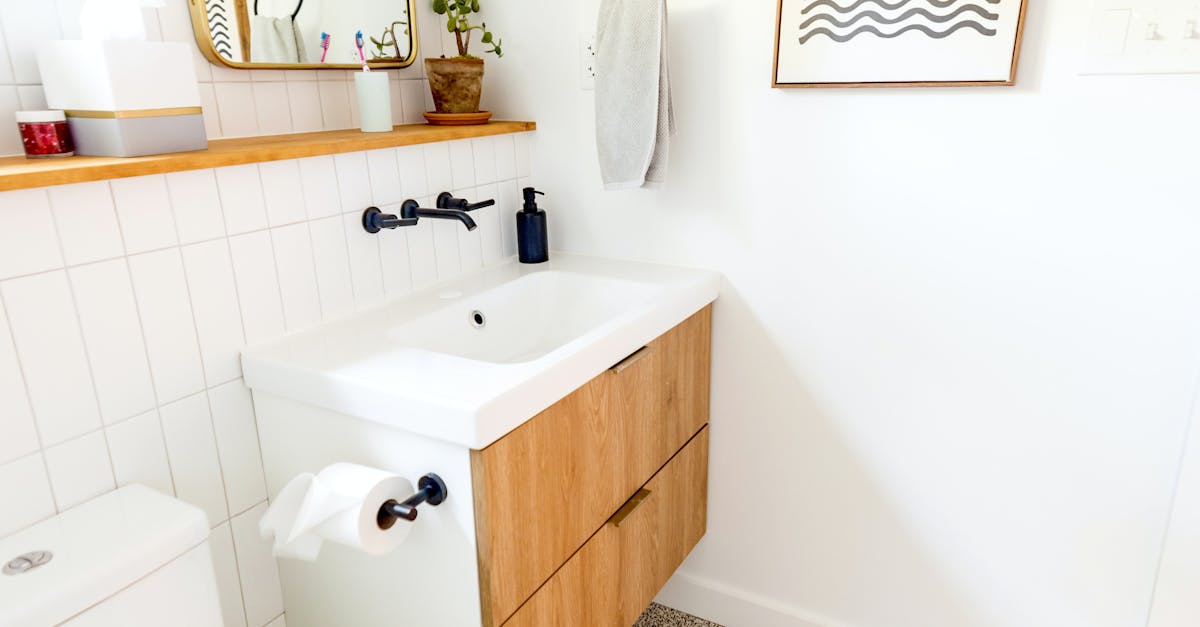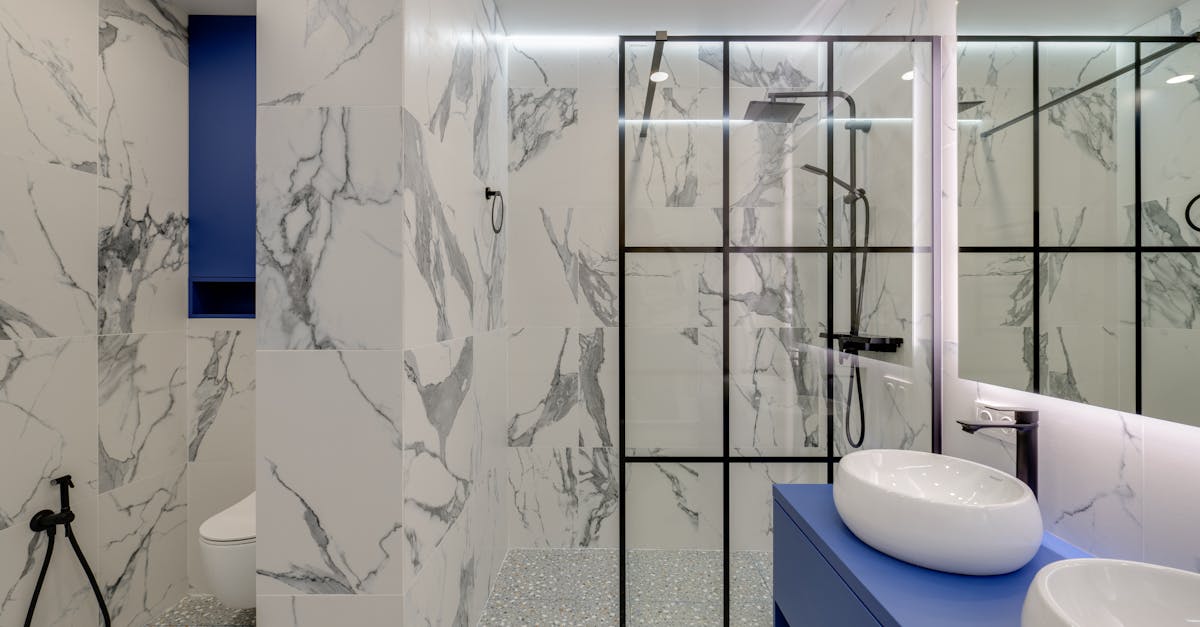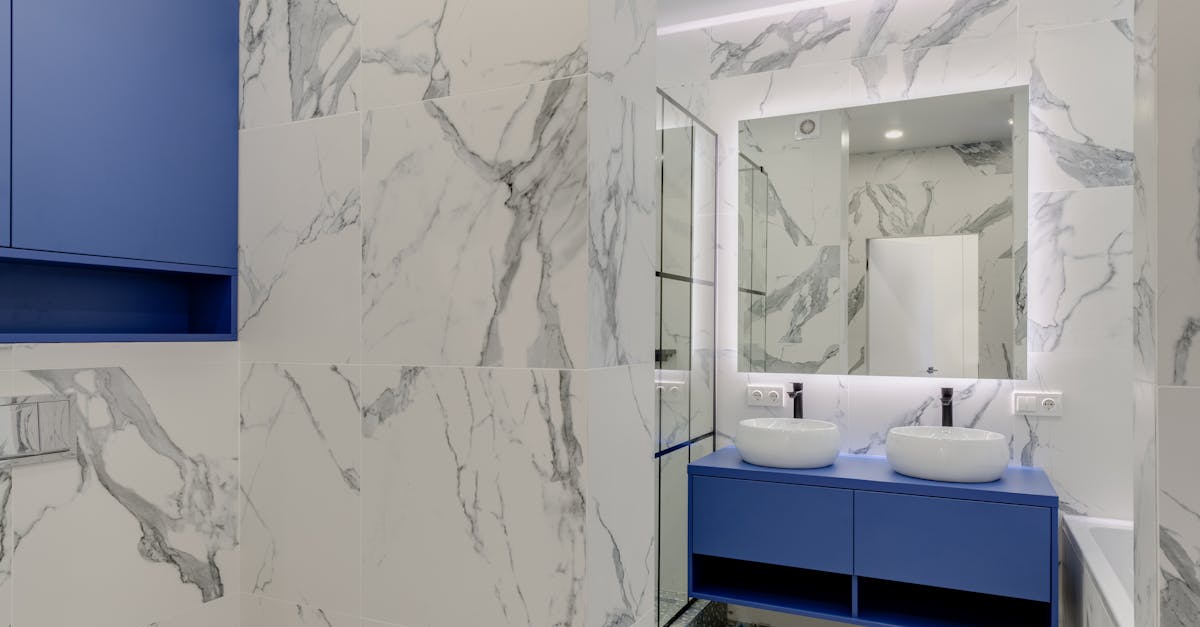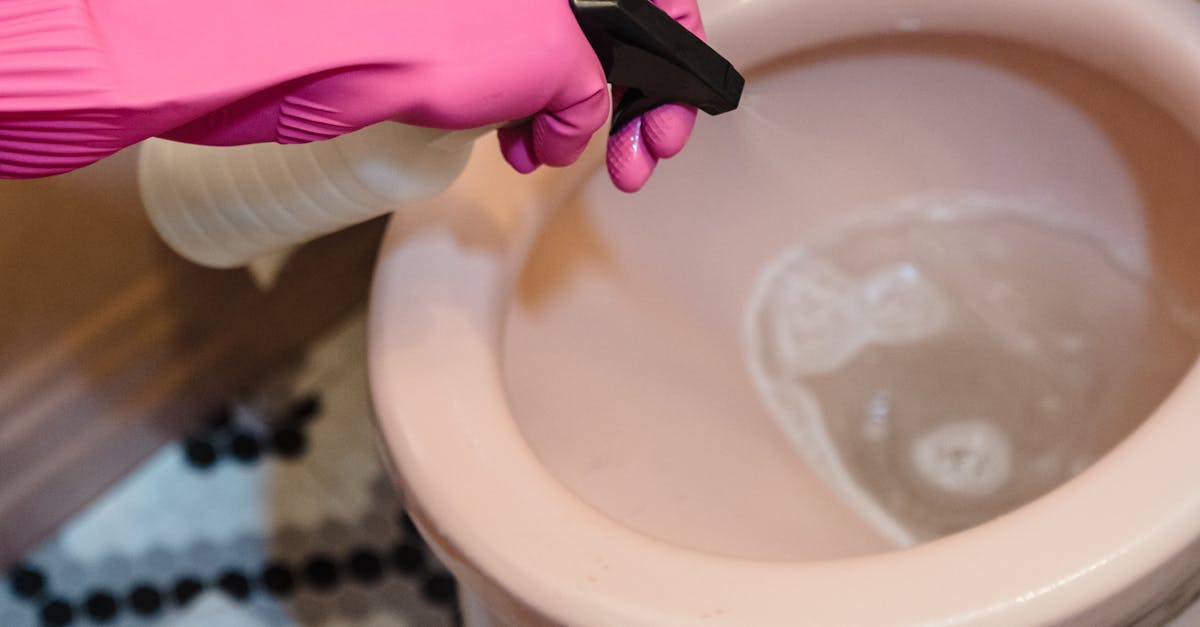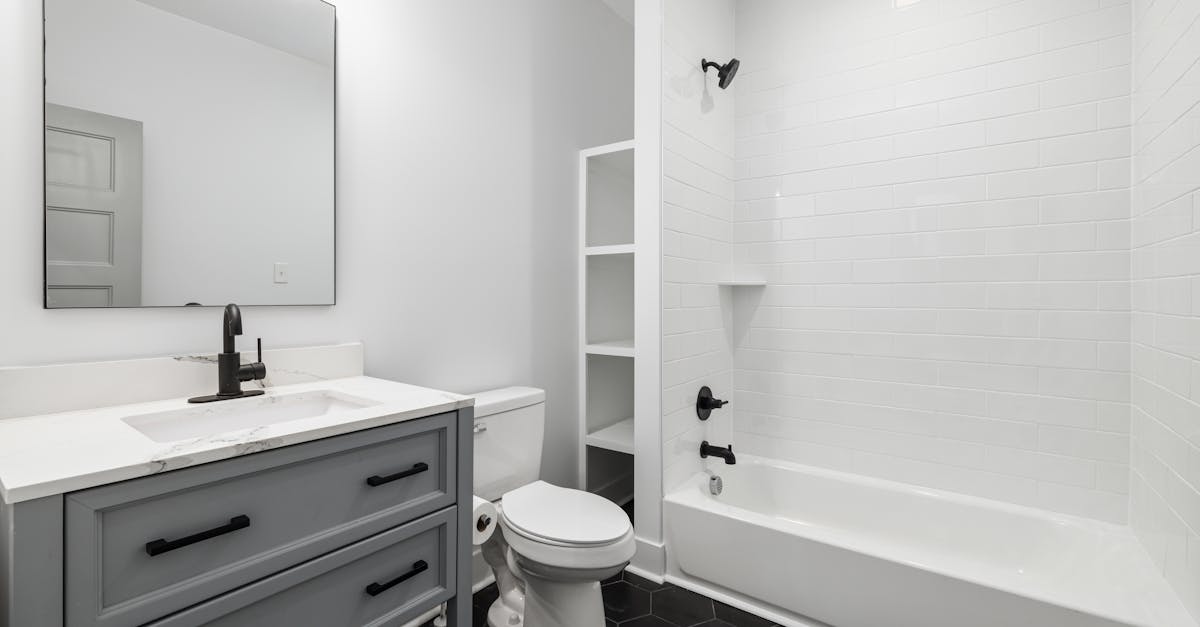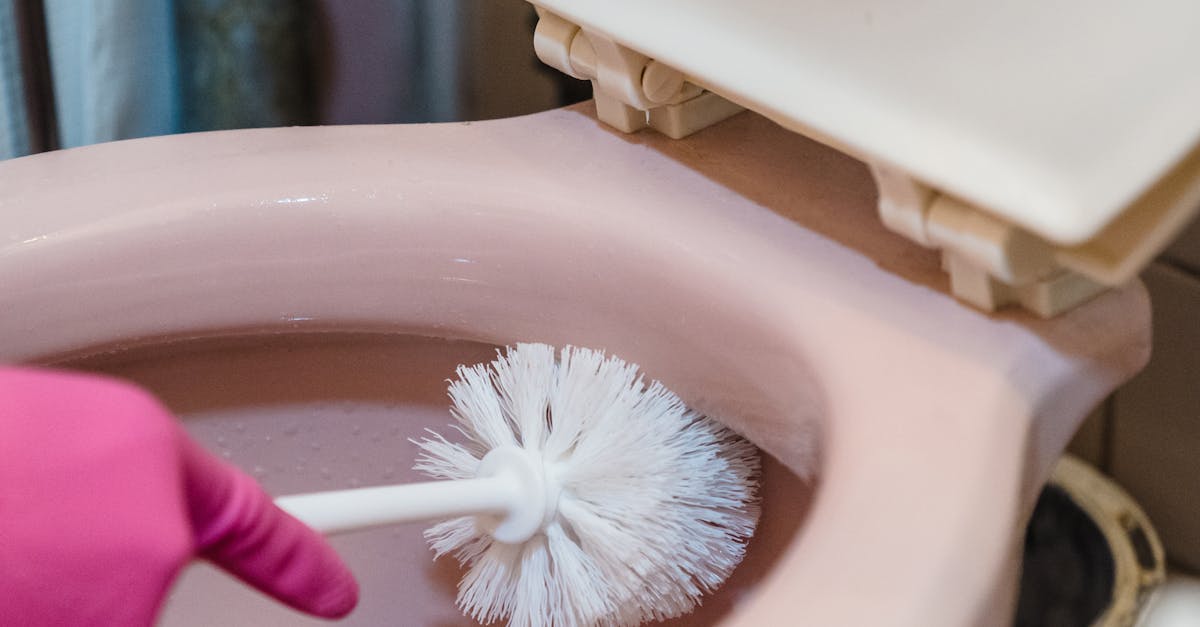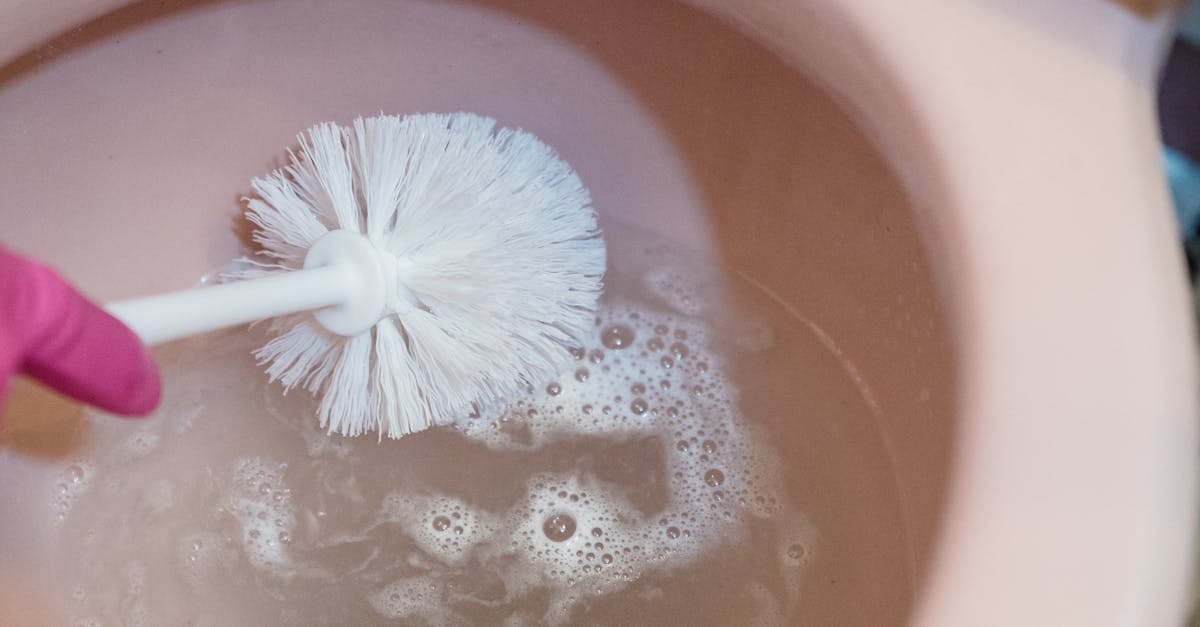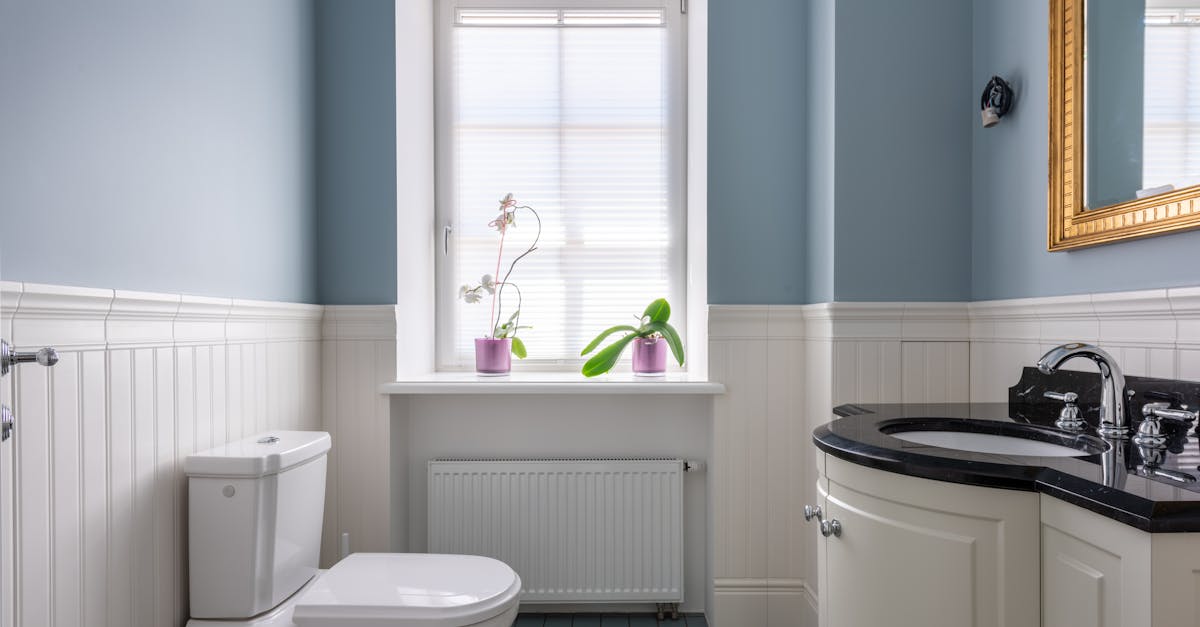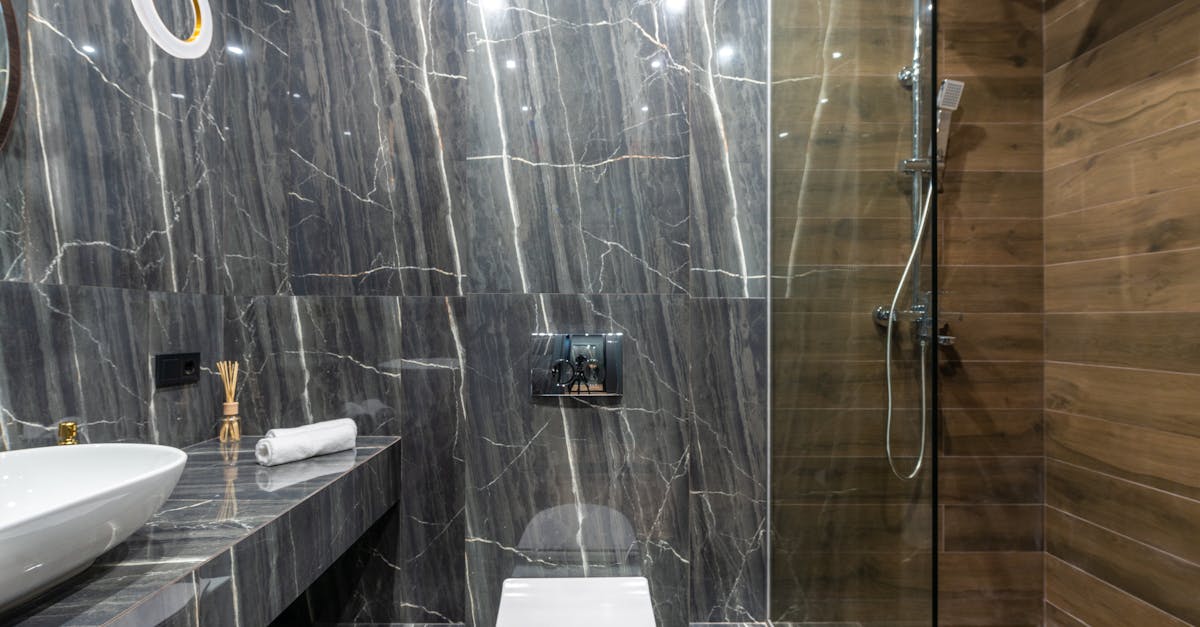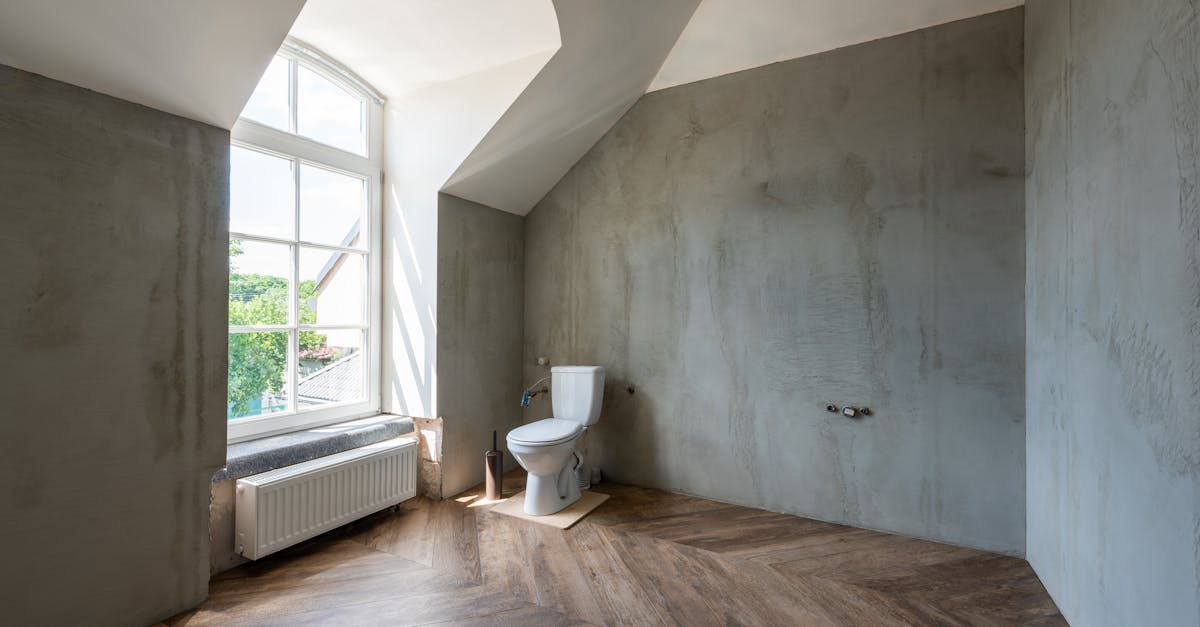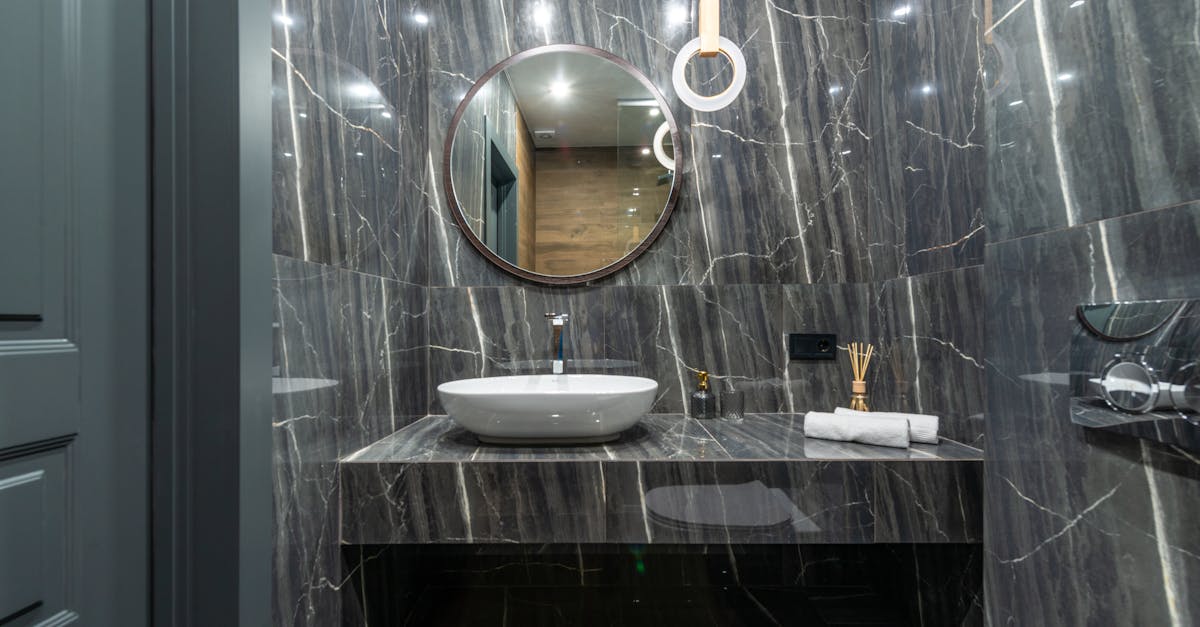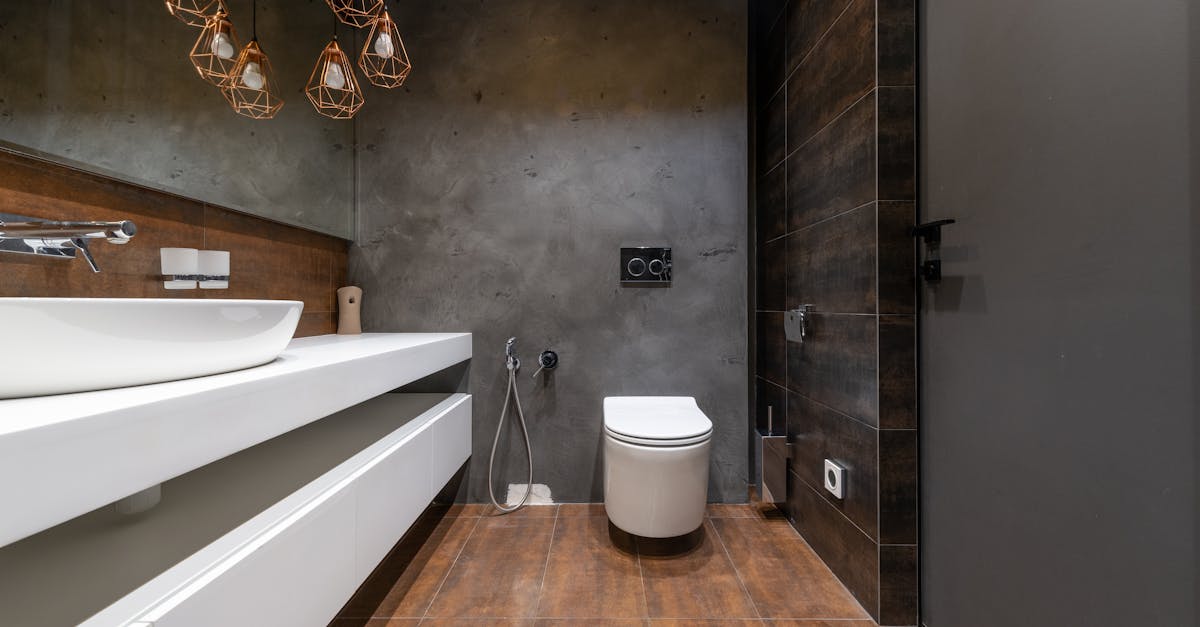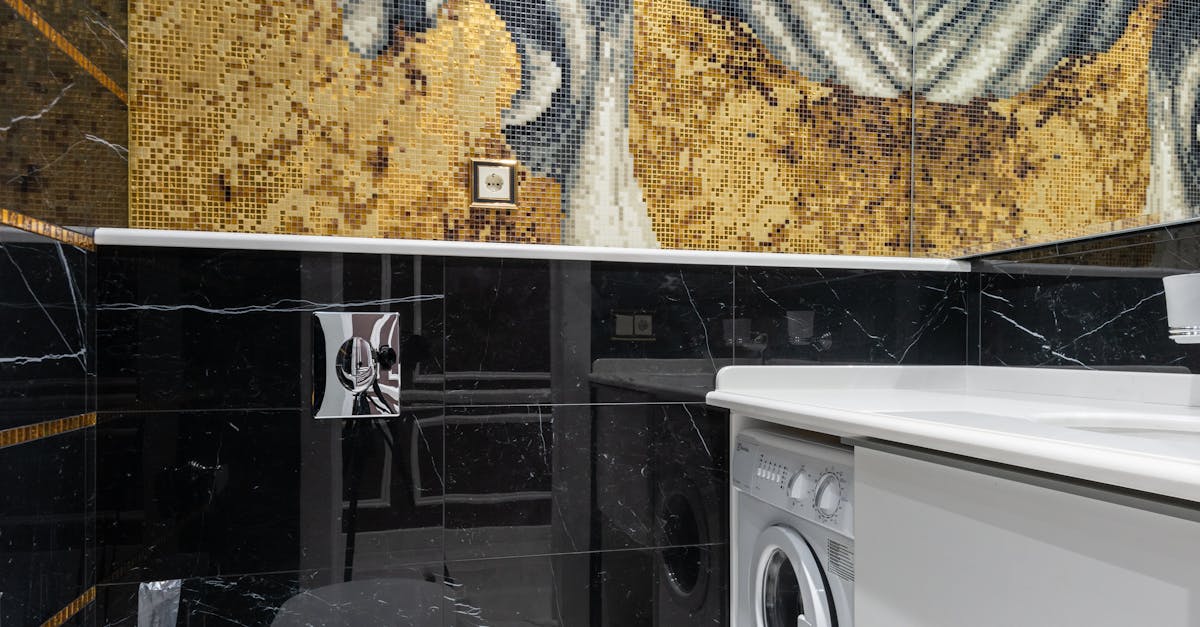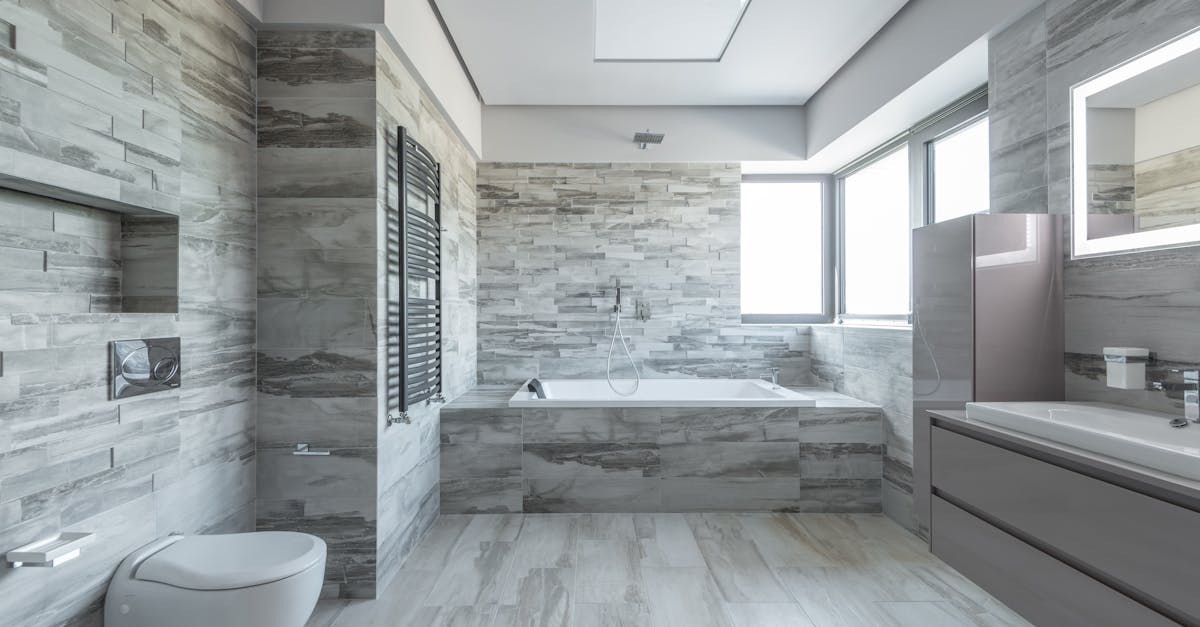
Table Of Contents
The Impact of Water Efficiency
Water efficiency plays a crucial role in both the environmental and financial aspects of toilet usage. Modern toilets are designed with advanced technology that limits water consumption while maintaining effective flushing power. This efficiency not only benefits the environment by reducing water usage but also significantly lowers water bills. Choosing a water-efficient model may initially seem costly, but the long-term savings often outweigh the upfront investment.
When considering whether to conduct toilet repairs or replace an old toilet, efficiency should be a key factor. Older toilets typically use a larger volume of water per flush, leading to higher utility bills over time. If frequent repairs are needed for an outdated model, it may be more worthwhile to invest in a new, water-efficient toilet that can provide savings and improved performance.
Benefits of Upgrading to a Modern Toilet
Upgrading to a modern toilet can significantly enhance water efficiency, which is a crucial factor in reducing household water bills. Contemporary models often come equipped with dual-flush technology, allowing users to choose between a full flush and a reduced flush for liquid waste. This innovation not only conserves water but also contributes to environmental sustainability. By replacing an older toilet with a more efficient model, homeowners can avoid frequent toilet repairs associated with older, malfunctioning units.
Another advantage of modern toilets is their improved design and functionality. Many new models feature sleek aesthetics that can complement various bathroom styles, enhancing overall space appeal. Additionally, these contemporary toilets often provide a quieter operation and a more comfortable user experience. Investing in an upgrade may reduce the likelihood of ongoing toilet repairs, resulting in lower maintenance costs and a more pleasant home atmosphere.
Identifying When to Repair
Identifying when to repair a toilet often hinges on the specific issues plaguing the unit. Common problems such as small leaks, running water, or a weak flush can frequently be resolved with simple toilet repairs. These issues may stem from worn-out components like the flapper or the fill valve. Addressing such problems before they escalate can save both water and money in the long run.
Homeowners should also consider the age and condition of their toilet when evaluating whether to repair it. If the toilet is relatively modern and not exhibiting significant wear, opting for repairs typically makes more sense. Frequent minor issues might indicate that the unit still has ample life left. Observing how often you need to perform toilet repairs can assist in gauging the practicality of continuing with repairs versus contemplating a replacement.
Signs That Indicate Repair is Sufficient
In certain situations, toilet repairs can be a practical choice when issues are minor and easily addressed. For instance, if the toilet is consistently running due to a faulty flapper or fill valve, replacing these parts can resolve the problem without the need for a complete replacement. Additionally, if there are minor leaks or clogs that can be cleared with a simple plunger or a gentle snake, opting for repair is often the most cost-effective solution, allowing the toilet to function effectively without significant investment.
Some signs suggest that a repair is sufficient. If the toilet is not excessively aged and functions properly aside from minor issues, it may be wise to focus on fixing the problems at hand. Cracks in the tank or seat that do not lead to water loss are typically manageable through sealing or replacement of smaller parts. Observing the toilet's overall condition and performance can help determine whether an investment in toilet repairs will prolong its life and functionality.
Identifying When to Replace
Sometimes, toilet repairs are not the best solution, and identifying when to replace an old toilet can save both time and money in the long run. If the toilet shows consistent and serious issues, such as frequent clogging or leaks that cannot be fixed, it may be time to consider a replacement. Additionally, if the toilet is outdated or inefficient, the benefits of a modern toilet can outweigh the costs of ongoing repairs.
Another crucial factor involves the age of the toilet. Generally, if a toilet is over 10 years old and requires repeated repairs, it may be financially wiser to replace it. Older models often lack water-saving features, resulting in higher utility bills. Upgrading to a newer, more efficient toilet not only improves performance but also decreases environmental impact over time.
Key Indicators That Signal Replacement Is Needed
When assessing whether to replace a toilet, certain indicators can make the decision clearer. Frequent toilet repairs often suggest ongoing issues that may not be worth the hassle or cost. If the toilet is constantly clogging or leaking, it may compromise not just functionality but also the overall efficiency of the plumbing system. Even minor problems that recur over time can accumulate into a significant financial burden, leading many to consider replacement as a more viable long-term solution.
Age and style of the toilet can also be key factors in determining whether a replacement is necessary. Toilets that are over 20 years old might lack modern water-saving features, consuming significantly more water per flush compared to newer models. Additionally, visible cracks or damage to the bowl or tank are clear signs that replacement should be considered. In these cases, the cost-benefit analysis leans towards investing in a reliable, efficient toilet rather than continuing to spend on repairs.
FAQS
How can I determine if my toilet needs to be repaired or replaced?
To determine if your toilet needs repair or replacement, look for signs such as continuous leaks, frequent clogs, or age. If the toilet is over 10 years old and exhibiting multiple issues, replacement may be more cost-effective in the long run.
What are the benefits of upgrading to a modern toilet?
Upgrading to a modern toilet can lead to improved water efficiency, lower water bills, enhanced performance, and added comfort. Many new models also feature advanced technology that can reduce clogs and maintenance needs.
How much does it usually cost to repair a toilet?
The cost to repair a toilet can vary widely depending on the issue, but it typically ranges from $100 to $300. Simple repairs, like fixing leaks or replacing parts, are generally less expensive than more complex repairs.
Is a modern toilet really more water-efficient?
Yes, modern toilets are designed to use significantly less water per flush compared to older models. Many are equipped with dual-flush systems or are built to meet strict water efficiency standards, which can result in substantial savings on your water bill.
What should I do if I'm unsure whether to fix or replace my toilet?
If you're unsure, consult a licensed plumber for a professional assessment. They can evaluate the condition of your toilet and provide advice on whether repairs or replacement would be the best option based on cost and efficiency.
